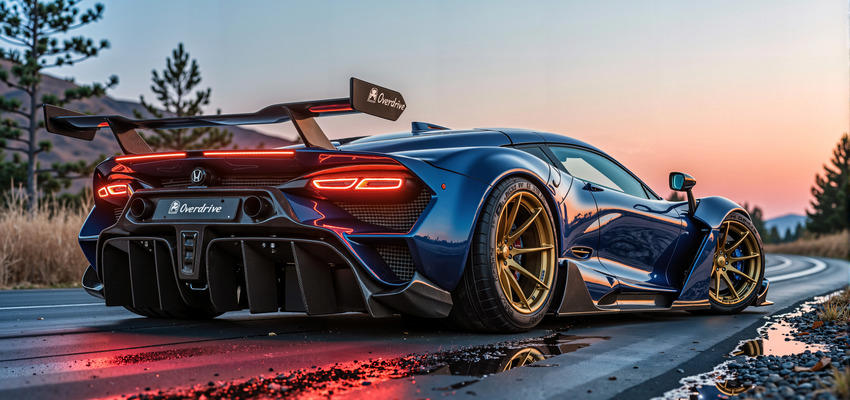The Spark of an Obsession
Over 25 years ago, I spent my days working in a garage, surrounded by the scent of oil and metal, dreaming of hypercars that existed only in the pages of automotive magazines. It was the era of Michael Schumacher’s dominance in Formula 1, and my passion for high-performance vehicles burned brightly. Back then, designing my own hypercar felt like an impossible dream. But technology evolves, and so do opportunities.
Fast forward to today, and that same passion has found a new outlet—not in metal and carbon fiber, but in the digital space. With AI tools like ComfyUI, I embarked on a journey to create hyper-realistic images of futuristic hypercars. What started as a personal experiment quickly spiraled into an all-consuming deep dive into model training, workflow optimization, and AI-assisted creativity. The result? A project I call OverDrive, a workflow designed to push AI-generated automotive design to its limits.
The Challenge of Teaching AI Hypercars
At the core of OverDrive is the Flux.1 Dev model is a powerful yet somewhat imperfect tool. I quickly realized that while it could generate cars, it lacked knowledge of many iconic hypercar designs - especially the rare and concept models that inspired me. This was a major limitation because many of the elements I envisioned - sleek aerodynamic curves, aggressive stances, and intricate body lines - simply weren’t present in the base model’s understanding of automotive aesthetics.
To bridge this gap, I trained a LoRA called HyperCarConcept, fine-tuned with legendary cars I wanted to see reflected in AI generations. This involved carefully curating datasets, ensuring the AI could distinguish between different hypercar eras, from classic 90s prototypes to modern-day concept vehicles. The process was labor-intensive - each training session required some iterations to balance detail without overfitting the model. This was used to combine parts from multiple cars into a newly envisioned one.
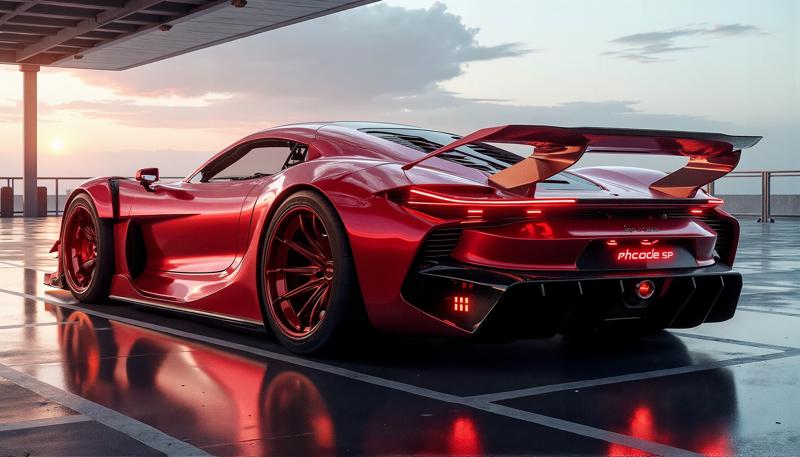
Another challenge was styling. Wide-body kits have become a signature of modern hypercars, thanks to companies that create aggressive, aerodynamic body modifications. However, these modifications often weren’t recognized accurately by the model, leading to inconsistencies.
As a tribute, I trained another LoRA: HycadeBodyKit, which is dedicated to injecting wide-body aesthetics into my creations. This addition helped establish a more cohesive design language, reinforcing bold, flared fenders and exaggerated aerodynamic elements in every render.
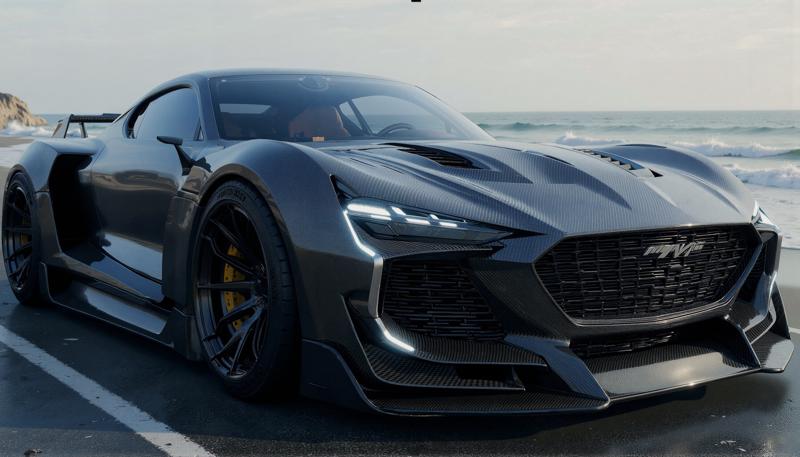
Yet, AI models do not simply "understand" aesthetics the way we do. They rely on statistical patterns rather than intuition, which meant iterating on prompting techniques, refining training data, and constantly testing outputs to steer the AI toward the precise fusion of design elements I envisioned. This process required significant trial and error - testing combinations of weight adjustments, refining textual descriptions, and experimenting with different image-generation settings until I achieved a level of detail that felt authentic to real-world hypercar design.
The journey was not starting as successful as I had hoped, as even as the concepts were looking good, they were lacking punch and details.
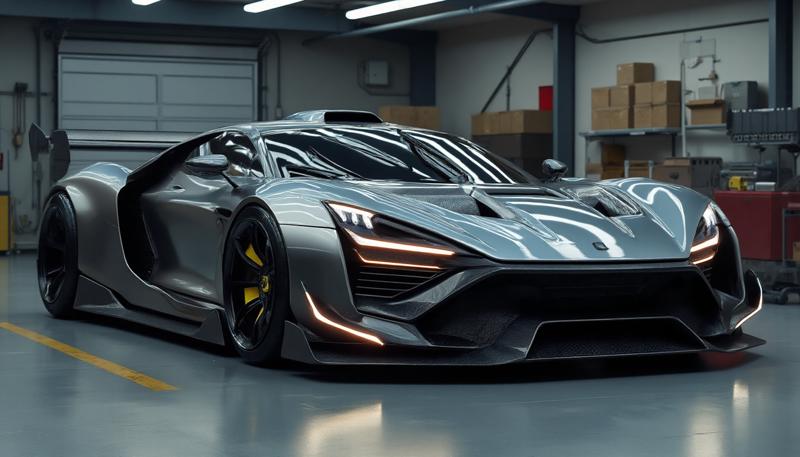
The Evolution of the Prompt
Long prompts don’t necessarily lead to more detailed and appealing images. Through thousands of test renders (nearly 4000, to be exact), I found that structure and efficiency were key. The final prompt became modular, with structured arrays of values allowing for controlled randomness. Every aspect - concept inspiration, performance engineering, fusion elements, color schemes, viewing angles, and even photographic settings - was carefully optimized to maximize output quality. This included a lot of refinement and, ultimately, the implementation of LongCLIPTextEncoderFlux.
A key factor in this optimization was understanding how CLIP and Flux.1 Dev interprets prompts. It is known that CLIP doesn’t just process words linearly; it assigns relevance based on how concepts are structured and weighted. Overloading the prompt with too many descriptors often diluted the focus of the AI, resulting in inconsistent outputs. To counteract this, I developed a hierarchical prompt structure where essential design elements were prioritized and reinforced through controlled repetition and embedding strategies.
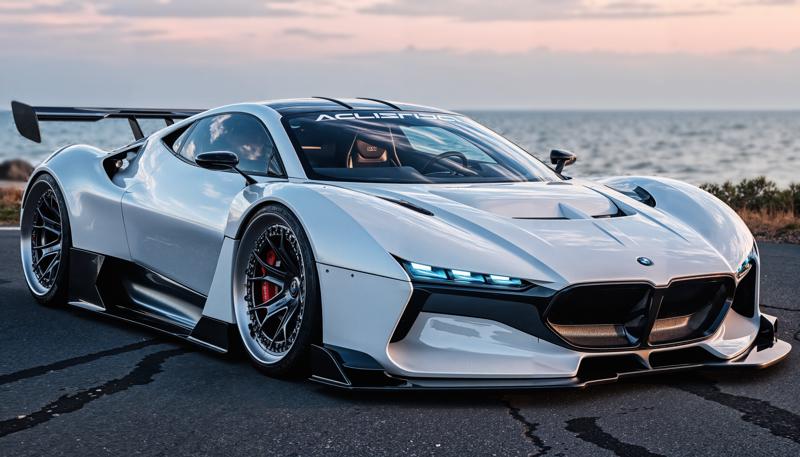
Another breakthrough came when I fine-tuned scenery descriptions, making them evocative yet concise. Instead of overwhelming the model with details, I crafted sentences like: “Parking deck silhouetted against a vibrant sunset, where the skyline casts long shadows on pavement and glass buildings mirror brilliant hues.” These short but rich descriptions significantly improved background consistency and overall composition by leveraging CLIP’s associative capabilities, guiding the model toward stronger visual coherence without unnecessary clutter.
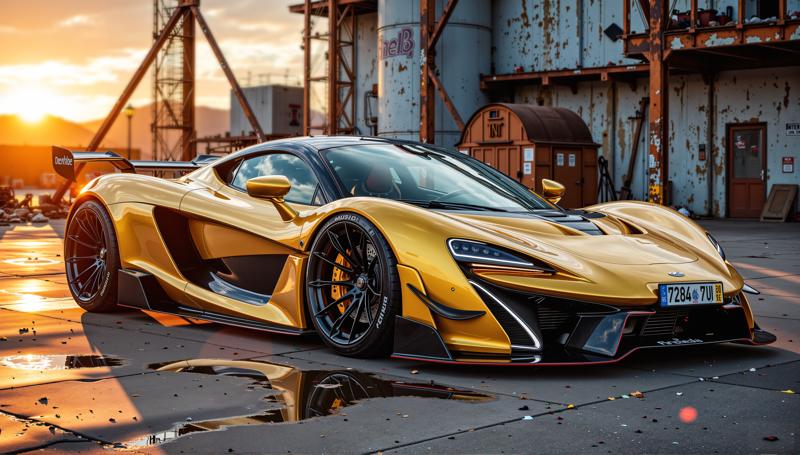
Moreover, refining array-based randomness allowed for greater diversity in outputs while maintaining a structured foundation. This method ensured that each render felt unique while adhering to a consistent high-quality standard. By balancing prompt length, modular control, and weighted emphasis, I was able to push the AI’s ability to generate hyper-realistic hypercars to a new level.
The Breakthrough – Cascaded Sampling & Detail Enhancement
Creating high-quality AI images isn't just about prompting—it's about how the model processes the data. One of the biggest advancements in OverDrive was implementing Cascaded Sampling, where an upscaled latent image is mixed with unsampled noise from a previous render. This technique, combined with Detail Deamon (which manipulates the sampler) and Sigma Splitting (sampling low and high sigma values in sequence), drastically improved clarity and realism.
The process of integrating these techniques wasn’t immediate. Initially, I applied them in post-processing, testing different configurations to refine sharpness, depth, and fidelity. The results were promising, but they also revealed a fundamental inefficiency - post-processing alone couldn't fix all inconsistencies introduced in the early stage of image generation. The AI needed guidance from the very beginning.
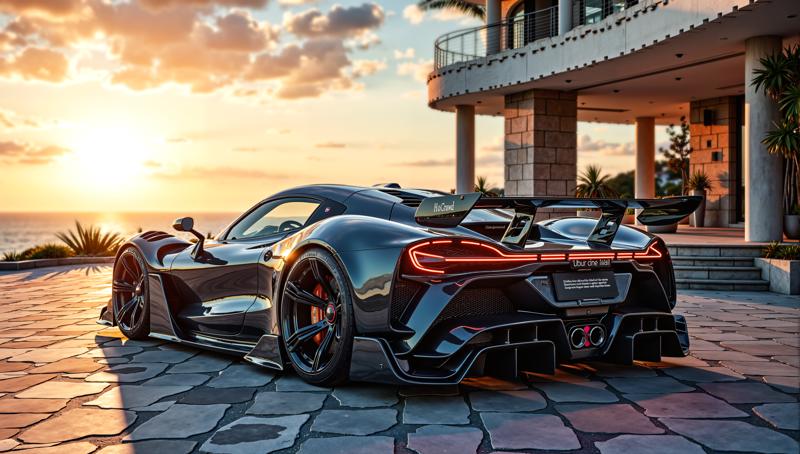
Through extensive testing, I realized that introducing sigma splitting during the concept stage itself had a transformative effect (special thanks to Nerdy Rodent).
Instead of merely refining details later, the AI could leverage pre-existing noise structures to enhance realism dynamically. Detail Deamon further amplified this by adjusting the sampler’s behavior to prioritize intricate textures, while Sigma Splitting allowed for meticulous control over image refinement, ensuring that both soft gradients and high-contrast edges received the attention they needed.
By integrating these techniques at multiple stages - concept generation, mid-process refinement, and final detailing - I was able to push the model’s capabilities further than ever before. What started as an afterthought became a core component of OverDrive’s workflow, proving that the best results come from an iterative and evolving approach to AI-assisted design.
Getting great results at the end doesn't mean that you are free from failing - experimenting with the settings can lead to unexpected results:
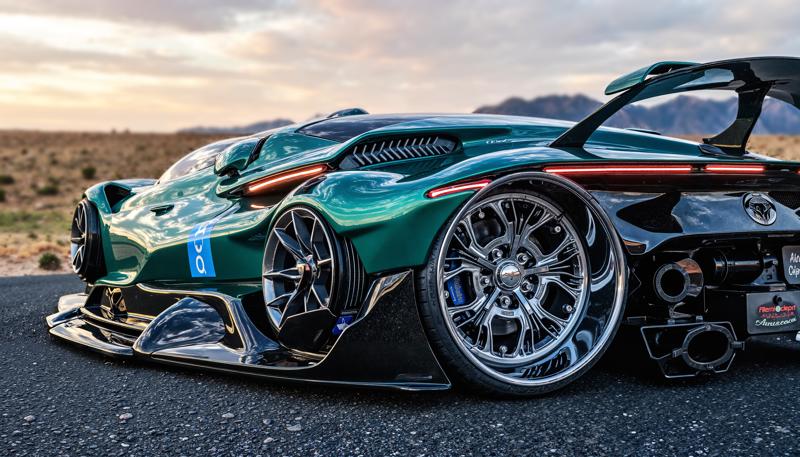
Recognition and the Road Ahead
As OverDrive evolved, so did its reception. Without any expectations, I released my first workflow on February 13th, uncertain if anyone would even care. To my surprise, some members of the community embraced it, and I even got images with my nickname as a license plate (by the way, it is only a real OverDrive if the license plate says so).
By refining my techniques and sharing my findings, I climbed the seasonal ranks of civtai, securing the #1 spot for vehicle creators - at the time of writing this article.

But more important than rankings were the people who connected with my work - the enthusiasts who shared my love for hypercars and the endless pursuit of perfection.
Yet, the rabbit hole doesn’t end here. There are still new techniques to explore, new models to train, and new limits to push. OverDrive is just one step in a journey that keeps accelerating, fueled by the same obsession that started in that garage decades ago.
Epilogue: The Beauty of the Deep Dive
Falling deep into a project like this is equal parts exhilarating and exhausting. The endless experiments, the late-night render failures, the frustration of VRAM limitations - all of it is part of the process. But in the end, the journey itself is the reward.
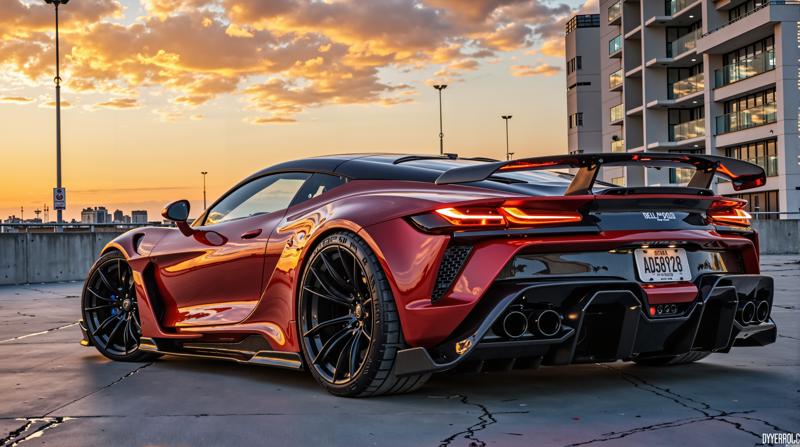
OverDrive wasn’t just about making hyper-realistic hypercars - it was about proving how far AI creativity can be pushed when passion meets persistence. And if there's one thing I’ve learned, it’s that the deeper you go into the rabbit hole, the more fascinating the discoveries become. This is called happiness from growth.
